This post may include affiliate links.
If you make a purchase, I'll earn a small fee at no extra cost to you.
Get a head start on your garden! Here are 9 vegetables to plant in January for an early, abundant harvest. Includes recommended varieties, planting tips, and recipes for your harvest.
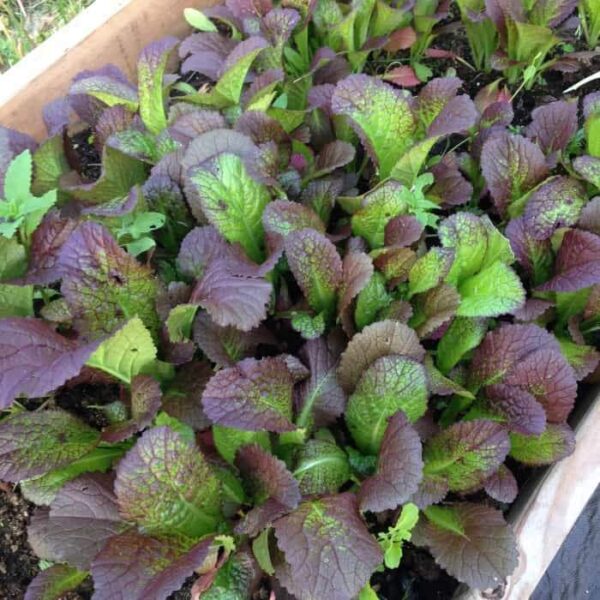
In January, it seems like summer’s fresh vegetables are soooo far away. It’s cold and rainy, and the soil and air are damp.
Don’t despair, my fellow gardener! This is the perfect time to start some seeds in your home or greenhouse to get ready for spring planting.
Here are 9 tasty vegetables that gardeners in Zone 9 can plant in January. Let’s get gardening!
~~~~~~~~~~~~
Are you a brand new gardener? Not sure what to plant and how to plant it? I can help.
Check out my Ultimate Beginning Gardener Bundle and you’ll have a great garden in no time!
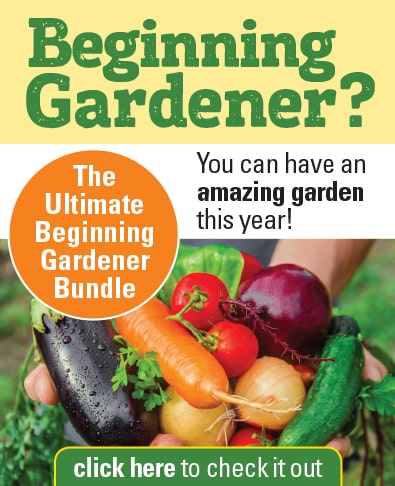
~~~~~~~~~~~~
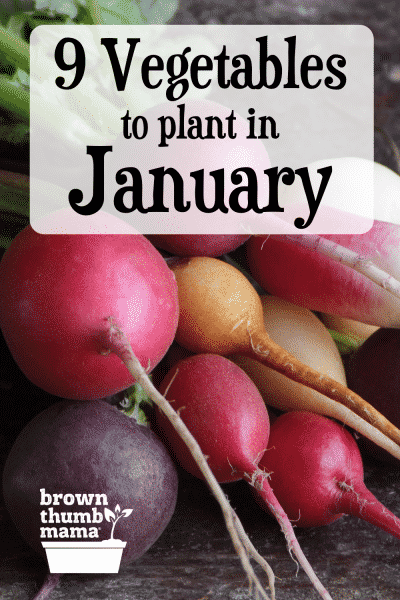
9 Vegetables to Plant in January
Whether you're growing snow peas, snap peas, or shelling peas, January is a great time to plant them. Our kids love to sit in the garden and eat snow peas right off the vine!
Varieties: Our favorite snow pea variety is Oregon Sugar Pod II. It produces giant, tender snow peas and often sets doubles--two pea pods from each node.
Planting: Snow peas need consistent water, and fertile, loose soil with plenty of phosphorus and potassium. Here’s lots more information on planting and growing snow peas.
Recipes: If you end up getting any peas indoors before the kids eat them all, add them to a stir-fry or Homemade Orange Chicken.
Yes, everybody is turning cauliflower into stuff like pizza crust and rice, but it's still delicious roasted, with a splash of lemon juice.
Varieties: Snowball Y cauliflower is ready to harvest in just 75 days, so you'll be eating cauliflower before you know it.
Planting: Start your cauliflower seeds indoors using DIY Seed Starting Mix, and transfer out to the garden in February.
Recipe: Cauliflower and Butternut Squash soup is perfect for a cold winter day.
Tender asparagus spears are one of the first vegetables to harvest in Spring. It's easy to grow asparagus in your garden, and it will produce for years and years.
Varieties: There are two types of asparagus: all-male varieties like Jersey Giant, Jersey Supreme and Jersey Knight; or male/female varieties like Mary Washington. The all-male types can produce more spears, but the male/female plants can potentially make seeds and multiply.
Planting: While you can grow asparagus from seed, it’s much easier to grow it from roots, called crowns. Learn everything you need to know about growing asparagus in your garden.
Recipe: I love to stir-fry asparagus with a bit of butter and brown sugar, or add it to Homemade Fried Rice.
The biggest danger to cabbage (in my garden, anyway) is from critters like slugs and cabbage worms. Here's a neat trick I use to keep the bugs away from my precious crop.
Varieties: Copenhagen Market is my favorite cabbage to grow. It was developed in 1909 and is the standard for many varieties that were developed after it. It’s great for small gardens and container gardens.
Planting: Start seeds indoors in January using DIY Seed Starting Mix, and transfer out to the garden in February.
Recipe: My favorite cabbage dish is so easy, you don’t need a recipe. Fry up diced bacon and onions in a pan. Then add chopped cabbage and stir-fry until the cabbage is just softened. Yum!
Radishes are a super easy crop to grow and are a great choice when gardening with kids.
Varieties: Radishes are not just red! I like Easter Egg Blend because you red, white, rose pink, purple, and bi-color (red top, white base) radishes all in the same seed packet.
Planting: In January, plant the seeds directly in the garden. They’ll grow quickly, and you can harvest your radishes when they’re the size of large marbles (in about a month).
Recipes: I love to eat radishes on my salads or just fresh from the garden. When they're small, they're less spicy.
We call broccoli "happy little trees" as a tribute to Bob Ross. There's nothing like the sense of accomplishment you get from growing broccoli--they're definitely rare in home gardens.
Varieties: Broccoli Di Cicco is my favorite--it reliably produces large heads and then continues to produce smaller offshoots after the main harvest.
Planting: Start your broccoli seeds indoors using DIY Seed Starting Mix, and transfer out to the garden in February.
Recipe: Roasted Broccoli with Garlic and Parmesan is an easy recipe the kids will love.
Bok Choi or Pak Choy is a delicious vegetable that's often overlooked by home gardeners. If you’ve ever tasted it at an Asian restaurant, you’ll definitely want to grow it in your garden.
Varieties: Toy Choy is a minature variety that tolerates the fall heat better than most full-size bok choi.
Planting: Plant seeds outside in January and you'll be harvesting heads with thick, white stems and glossy, dark green leaves in as little as 30 days.
Recipe: Wash carefully, chop, and stir fry with a bit of Black Bean Garlic Sauce. Yum!
Going out to the garden to pick a salad for dinner is the best! And, of course, the foundation for a delicious salad is great lettuce.
Varieties: Little Gem Romaine is a petite heirloom variety that has a crisp texture and nutty flavor.
Planting: Lettuce is a cool-weather crop, so plant it in a shady area. Space your seeds or seedlings about 1 foot apart and ¼” deep. Keep the soil moist and watch for garden pests. Learn more about growing romaine lettuce.
Recipe: When you've picked all the vegetables for your salad, top it off with some homemade croutons.
Mustard greens are new to my garden and palate, but I love trying new vegetables! These are so pretty, they could grow in the front yard and the neighbors would never be the wiser.
Varieties: You'll love this giant Red Mustard from my friends at Redwood Seeds. These huge, beautiful leaves with red and green coloring pack a spicy punch.
Planting: Red Mustard is slow to bolt in the spring, and is resistant to aphids and harlequin beetles. Plant in October and begin harvesting in late November.
Recipes: Their flavor is wasabi-like when eaten raw, but the spice diminishes when cooked--which makes these greens great for stir-fry or soups.
Want to know what to plant every month?
Knowing which vegetables to plant in each growing season ensures your plants will thrive and give you a great harvest. Check out my Vegetable Garden Planting Schedules so you know exactly what to plant each month of the year.

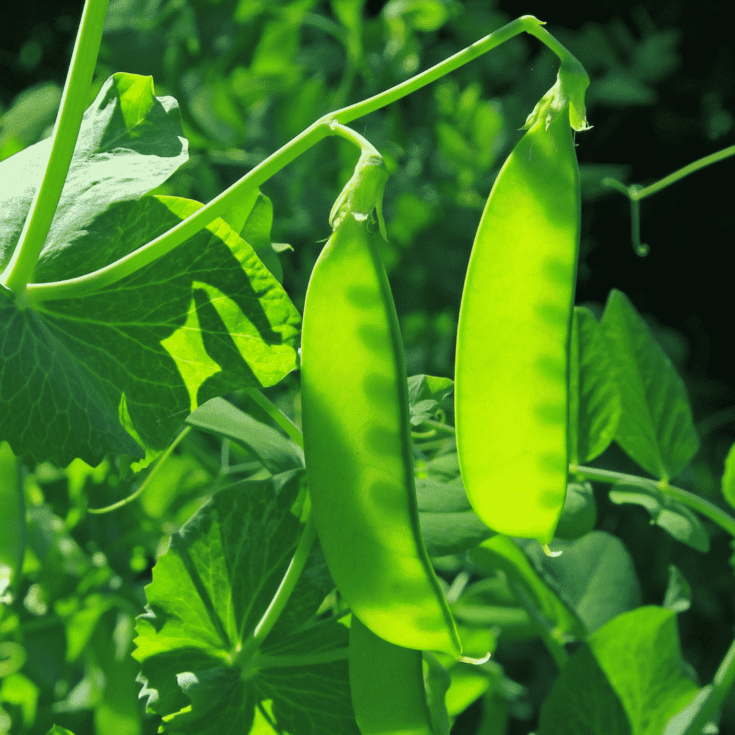
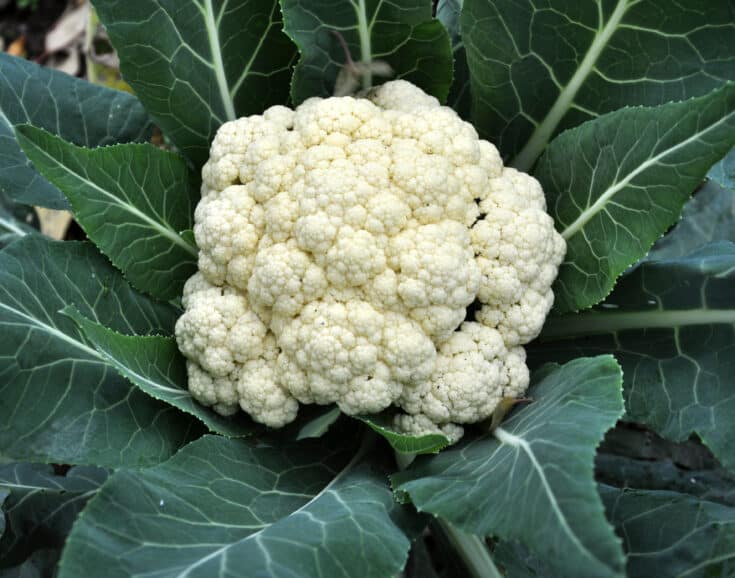
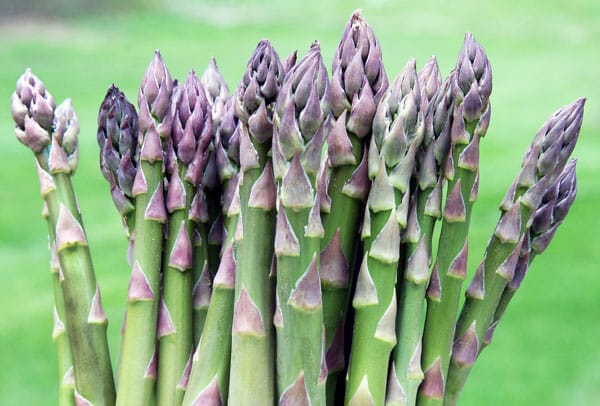
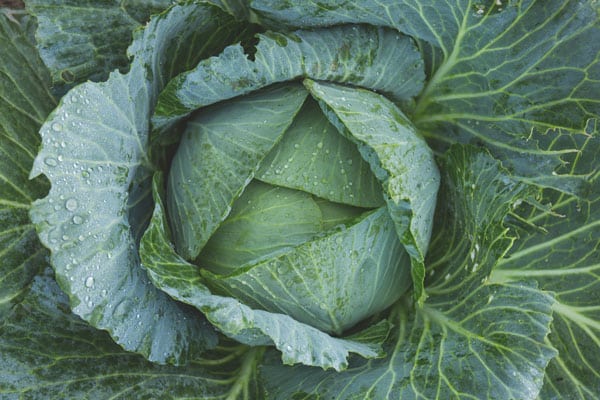
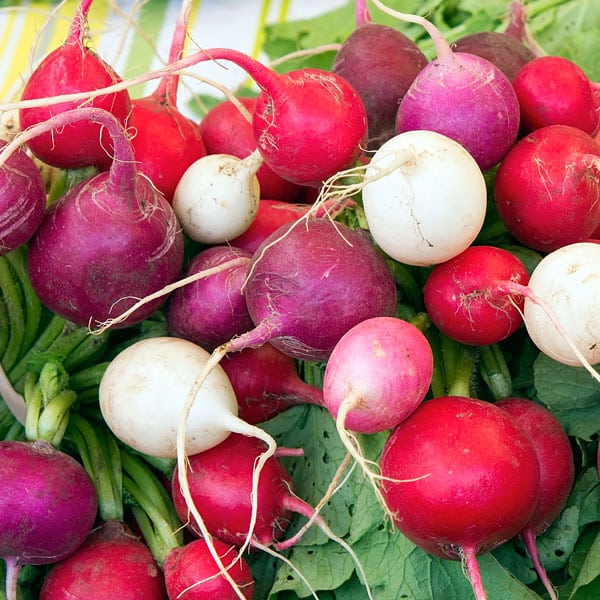
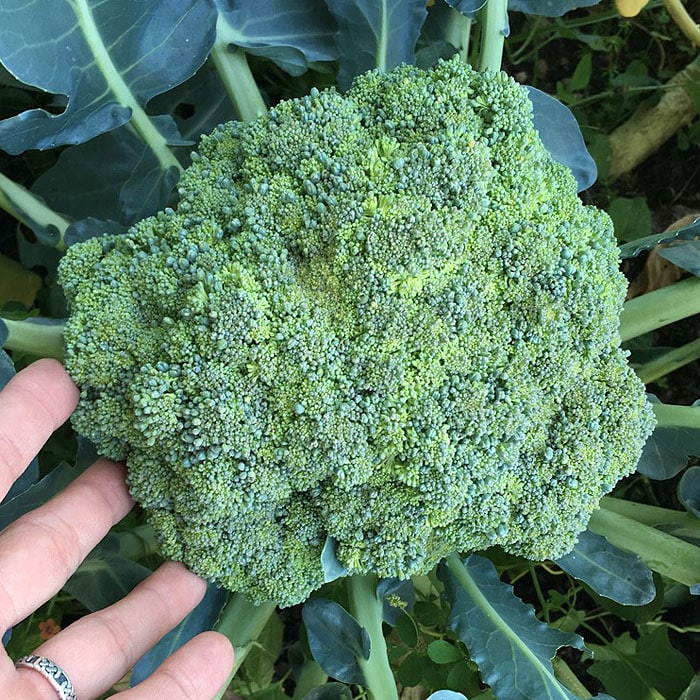
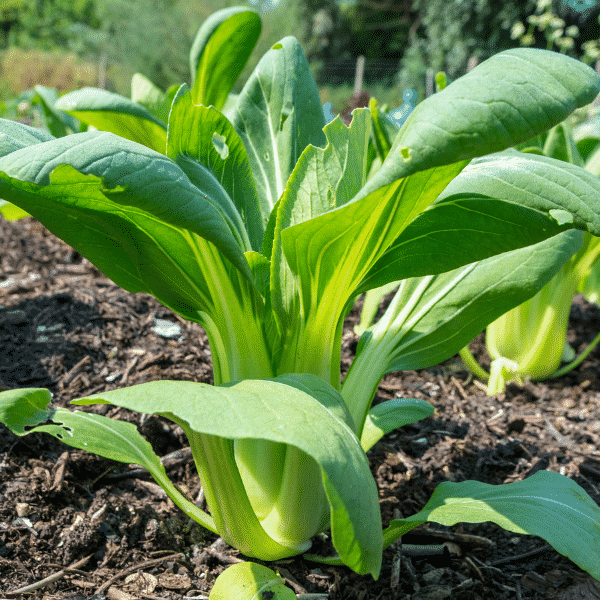
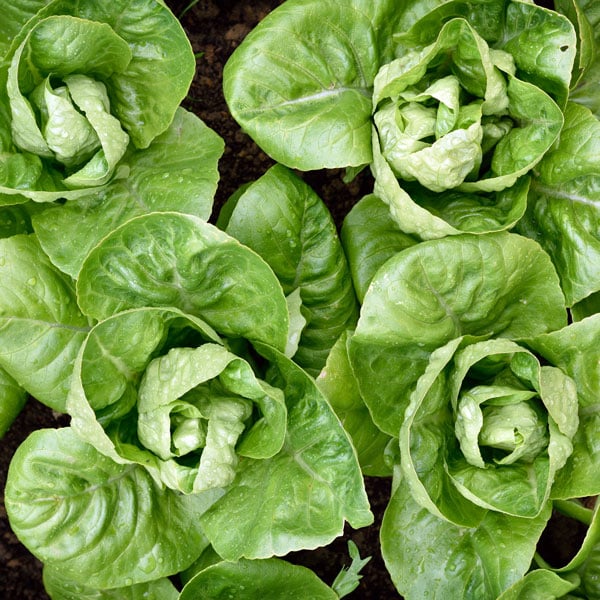
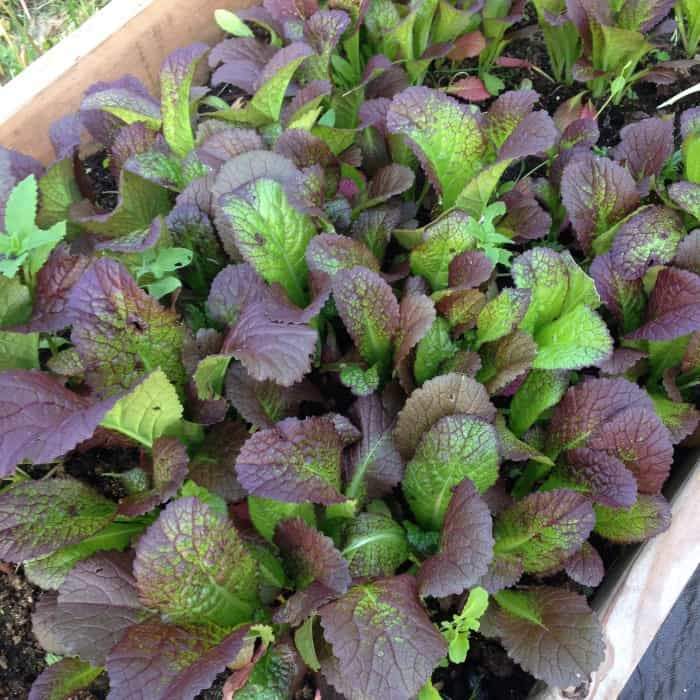
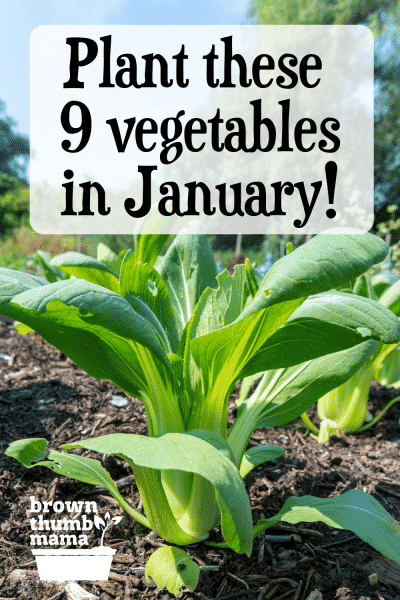

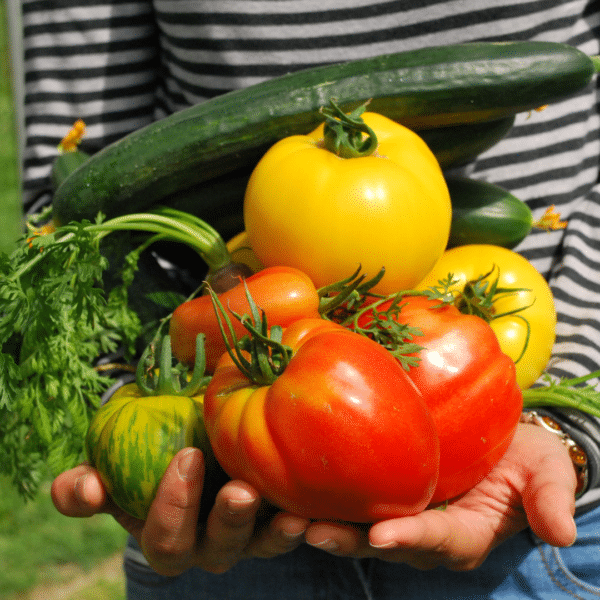
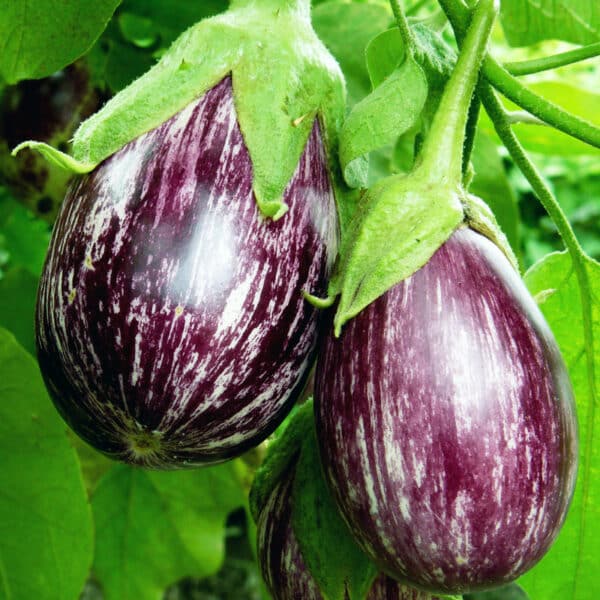
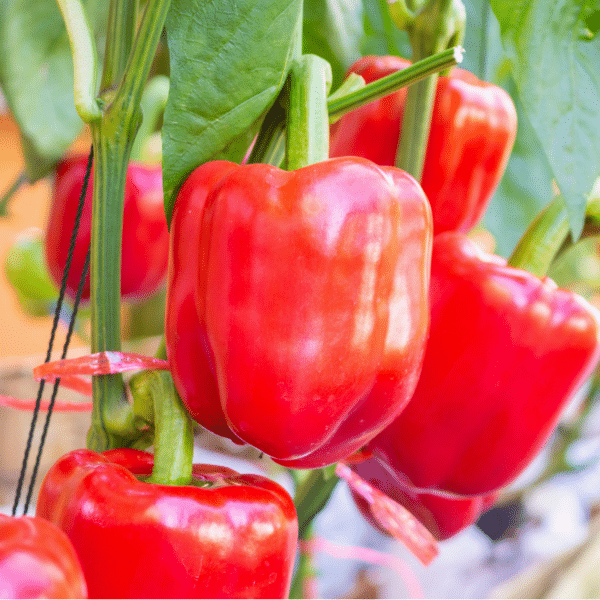
Thanks for your input on what to plant in cold season. I’m Texan in southern part, would you give me ideas on tomatoes, the type to plant & details to get maximum yield down the line. Thanks for your expertise.
She wrote zone nine. Their high season in the garden is winter. Their off season is summer. Everything she mentioned can handle a little frost. We in zone six plant it in early April, give or take a bit. Long ago, I envied those who could garden in January. Then I visited a friend in zone nine in May. Whereas I had recently ceased shoveled snow off my sidewalk, my friend was commencing to fry eggs on hers.
In what zone can you plant in the garden in January? I live in zone 6 and would love to start planting cool weather crops but I’m not sure of the temperatures.
I’m in California (zone 9), and we are still planting! Abby is right, though–it will be hotter than heck this summer. 🙂